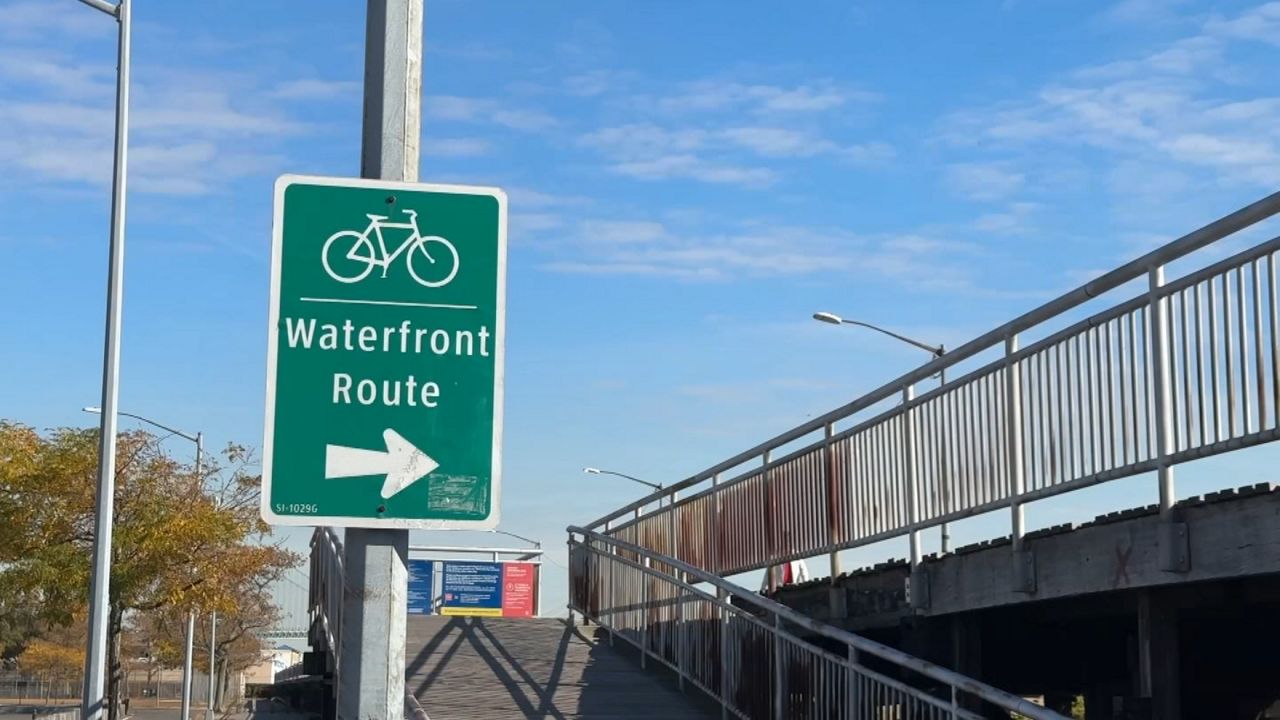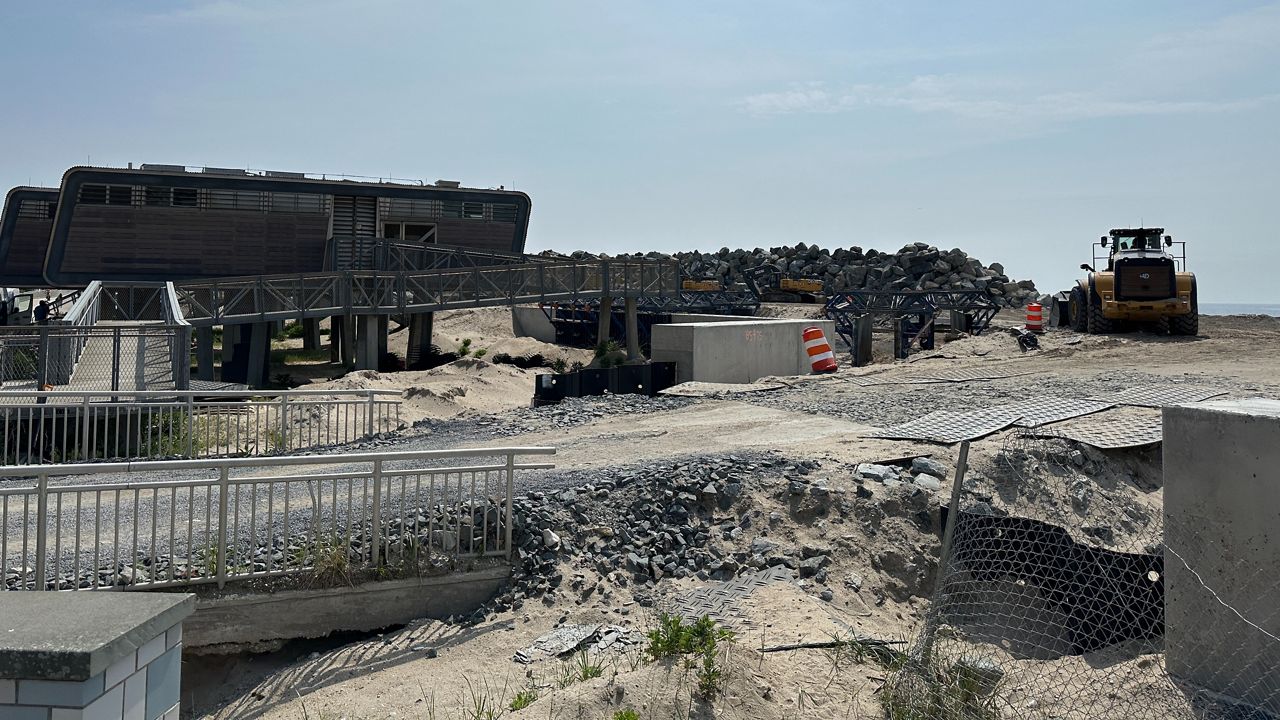City and state officials have been clear about guidance to help New Yorkers protect themselves against air pollution caused by wildfires in Canada that has overwhelmed the tri-state area.
It’s fairly simple. Avoid going outside when possible and masking up when you go outside.
However, keeping the quality of air inside of your home or office at safe and healthy levels is a bit more complicated.
What You Need To Know
- According to experts, keeping the quality of air inside of your home or office at safe and healthy levels can depend on how old or new the building you’re in is
- Most experts agree that newer buildings with a centralized air system provide the most protection
- Older buildings with natural ventilation systems offer some protection, just not as much
- No matter how new or old your building is, experts agree that everyone should be sealing off living space from outside air by keeping windows and doors closed during the air quality crisis. Use towels to block gaps that allow air inside
Experts say this depends on the building you’re in. Most agree that newer buildings with a centralized air system provide the most protection.
“Central air where the building is keeping track of the filters and making sure that they’re replacing those on a regular basis with a high-quality filter,” said Steven Chillrud, Lamont research professor at Lamont-Doherty Earth Observatory of Columbia University. “So not all centralized air conditioning systems are removing the filters.”
Chillrud said older buildings with natural ventilation systems offer some protection, just not as much.
“The outdoor levels are reduced by anywhere by 20% to 50% just coming indoors,” he said. “Even in these older apartments.”No matter how new or old your building is, experts agree that everyone should be sealing off living space from outside air by keeping windows and doors closed. Use towels to block gaps that allow air inside.
Holger Eisl, a Lamont research associate professor at the Barry Commoner Center for Health and the Environment at Queens College, said while your windows and doors are closed, avoid lighting an open flame such as gas stoves or candles, which can create more pollution.
“Once you have an open flame, you’re generating oxides of nitrogen, you’re generating carbon monoxide, certain levels of particulate matter,” Eisl said.
Both professors agree that one of the best line of defense against pollution inside is a quality air purifier.
“If you buy a sufficiently large one, during the day you can put it in your living room and in the evening, once you go in the bedroom, put it in the bedroom,” Eisl said.
Other methods of purifying the air inside your home include:
- Wearing a mask indoors if you don’t have an air purifier.
- Washing and changing air conditioning filters frequently.
- Buying a low-cost sensor to monitor the air quality in your home.
Experts agree that you can also prepare for a similar disaster in the future by making upgrades to your home now if you can by replacing old window and doors, and replacing gas stoves with electric stoves, for example.
According to the real estate website, Street Easy, several apps, including BreezoMeter and Plume Lab’s Air Report, can also help you monitory the air quality in your home.
Plants are another option for purifying air indoors as they absorb carbon dioxide and release oxygen.









